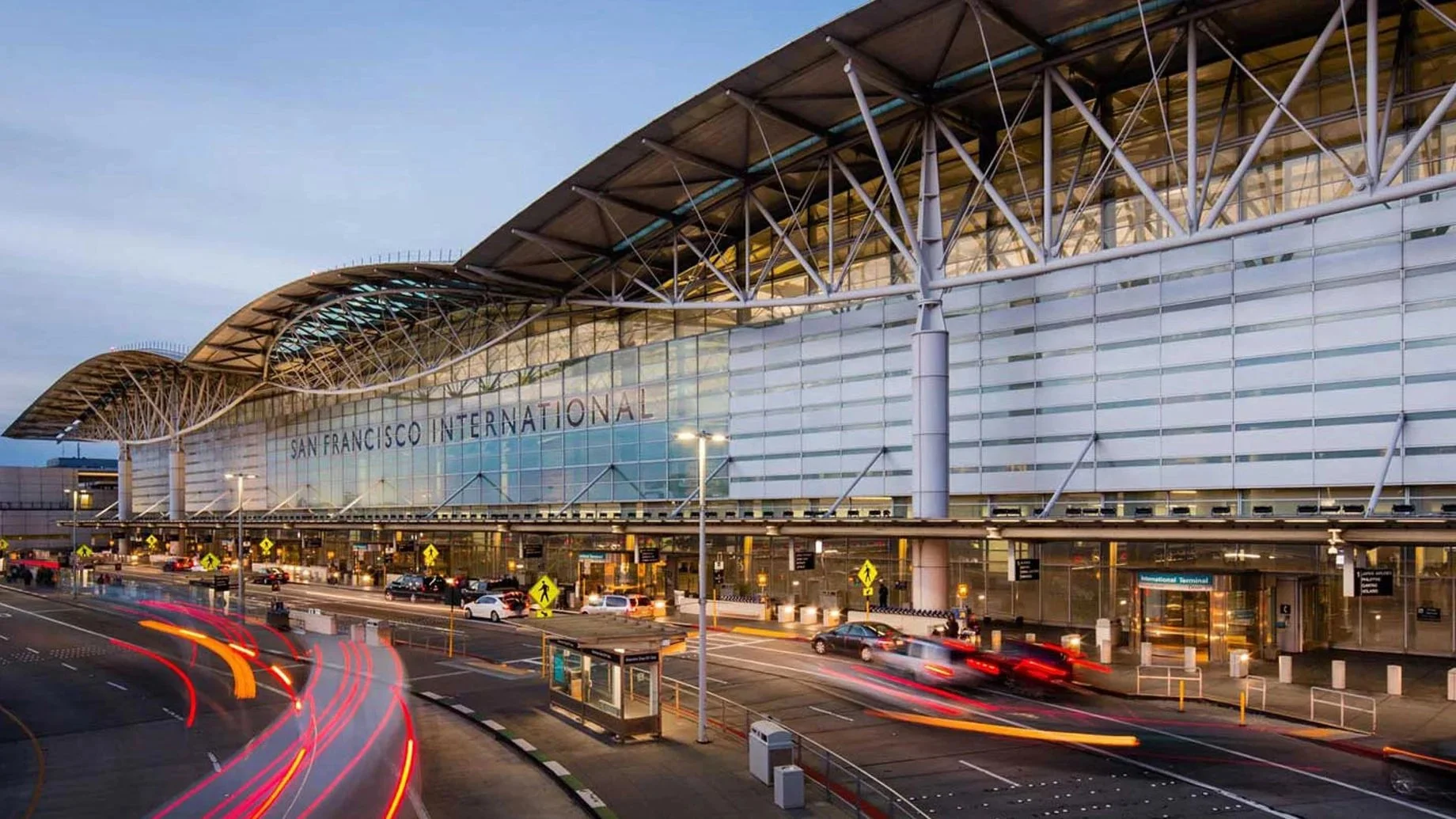Arup
Electrical Engineering Intern, San Francisco, CA – May 2025 – August 2025
Arup is a global building design firm renowned for its contributions to modern infrastructure around the world. Arup has contributed to countless iconic structures, including the Sydney Opera House, The Gherkin, and Kansai International Airport. While these buildings are recognized for their architectural significance, they also reflect Arup’s commitment to eco-friendly approach and sustainable design.
Key Highlights:
Designed fiber optic wiring systems for Equinix’s new 280,000 sqft SV19 data center, planned to support 34 MW of power
Conducted site-visits at UCSF Parnassus Hospital, installing 4.8–27kV switchgear and electrical wiring per NEC standards
Supported 12 major projects and worked with 30+ contractors to validate systems using UniFi and SKM Power Tools
Utilized Revit MEP to engineer reliable and power distribution systems for industrial buildings as large as 850,000 sqft
Contributions
During my internship at Arup, I had the opportunity to contribute to a diverse range of projects, including hospitals, airports, transportation systems, and data centers. I dedicated most of my time to three major projects: the UCSF Parnassus Hospital, the SFO United Airlines Terminal Expansion, and Equinix’s new SV19 data center. These projects equipped me with a broad set of technical skills, including proficiency in tools such as Revit MEP, SKM Power Tools, Bluebeam Revu, and AGi32, as well as experience with large-scale power systems, heavy-load circuitry, and emergency power backups.
Some of these industrial buildings span up to 900,000 sqft., requiring crucial and substantial power distribution through critical components such as transformers, breakers, switchgear, and wiring systems. Our electrical team was responsible for designing optimal circuitry systems to prevent overloads and faults throughout the buildings. As part of this effort, I was tasked with identifying the most suitable circuit locations, typically three or four per floor, to ensure efficient and reliable power distribution. Additionally, I tested various electrical configurations to determine where three-phase or single-phase power would be most appropriate, based on load requirements and operational needs.
These projects also required close collaboration across multiple disciplines, particularly with mechanical, public safety, and information technology teams. In both the Equinix data center and the SFO United Airlines Terminal projects, specialized skills such as working with medium-voltage switchgear and understanding fiber optic solutions were essential. These areas served as key collaboration points, given the significant demands related to power, heat management, and safety precautions throughout the facilities.
Additional Information
Structures like the UCSF Parnassus Hospital are classified as life-critical infrastructure, requiring strict regulations and extensive precautions to ensure public safety. Large-scale hospitals like UCSF Parnassus can consume up to 30,000 kWh per day. To put that into perspective, the average U.S. household uses about 10,000 kWh per year; highlighting how critical even a brief power outage can be in a hospital setting. In many cases, patients rely on life-sustaining equipment, where even a few seconds without power could lead to serious, life-threatening consequences.
Similarly, the SFO United Airlines Terminal Expansion and Equinix’s SV19 data center focused on designing efficient power systems to support the demands of large-scale infrastructure. While a power outage in these facilities may not be life-threatening, it is still highly disruptive, especially in environments where people are constantly moving and systems must remain operational. With that in mind, wiring and circuitry in large-scale buildings can quickly become complex and chaotic. That’s why creating efficient layouts is essential, not only for functionality but also to support other contractors, designers, and clients, particularly in worst-case scenarios.


